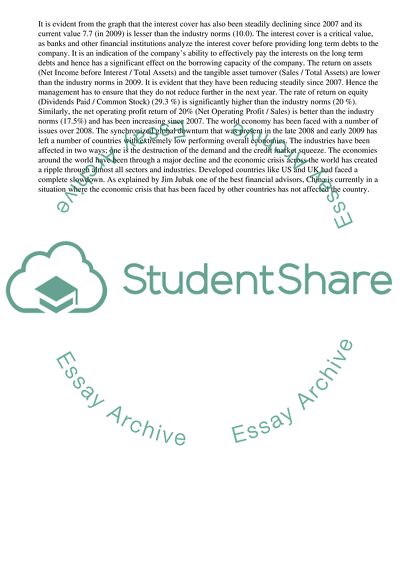Cite this document
(Management and Control of Financial Resources in Canada Dissertation, n.d.)
Management and Control of Financial Resources in Canada Dissertation. Retrieved from https://studentshare.org/management/1735123-management-and-control-of-financial-resources
Management and Control of Financial Resources in Canada Dissertation. Retrieved from https://studentshare.org/management/1735123-management-and-control-of-financial-resources
(Management and Control of Financial Resources in Canada Dissertation)
Management and Control of Financial Resources in Canada Dissertation. https://studentshare.org/management/1735123-management-and-control-of-financial-resources.
Management and Control of Financial Resources in Canada Dissertation. https://studentshare.org/management/1735123-management-and-control-of-financial-resources.
“Management and Control of Financial Resources in Canada Dissertation”, n.d. https://studentshare.org/management/1735123-management-and-control-of-financial-resources.


